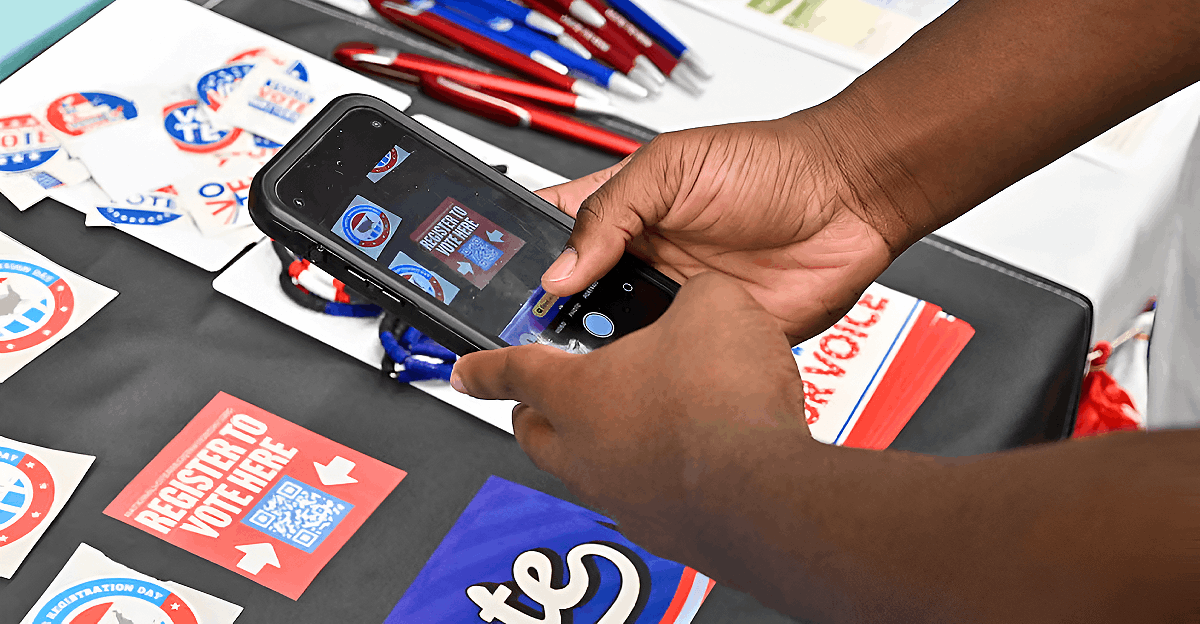
President Donald Trump announced he would sign an executive order mandating voter ID for every voter.
He declared on social media: “Voter I.D. Must Be Part of Every Single Vote. NO EXCEPTIONS!”.
Legal scholars immediately cried foul, noting the Constitution “hands responsibility for the regulation of elections to the states” and gives Congress, not the president, the power to set federal election rules.
Previous attempts by Trump to rewrite election law by fiat were already blocked as unconstitutional. Critics warn this latest order will spark another clash between the White House and the state-run electoral system.
Judicial Precedent
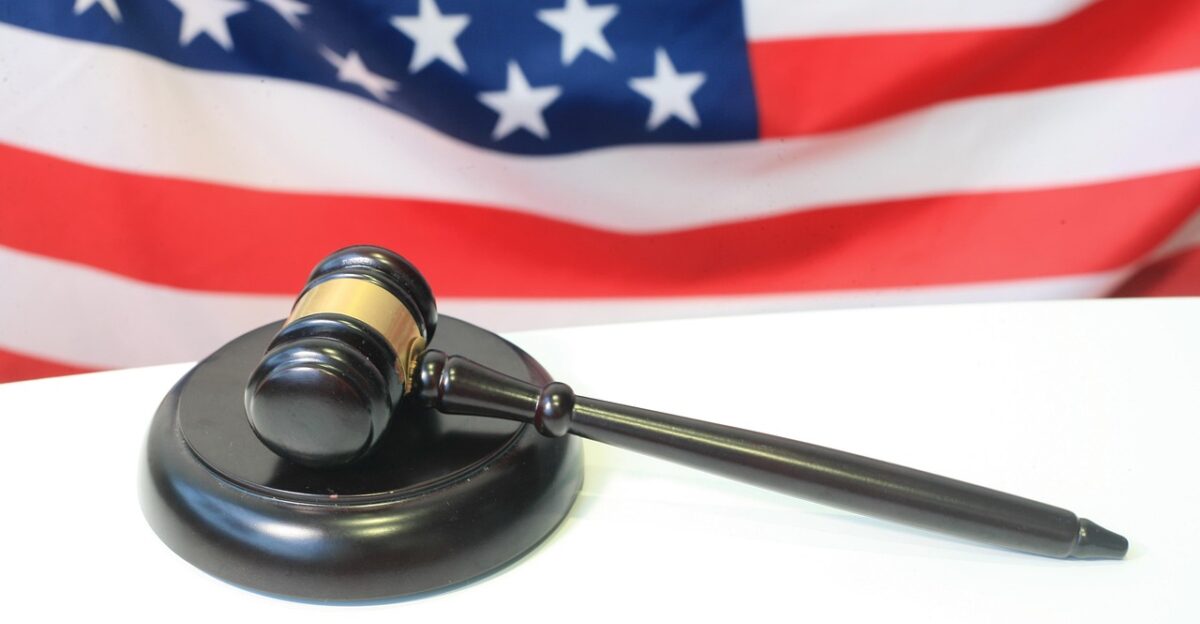
Courts have already shut down these power grabs. In June 2025, Judge Denise Casper (D. Mass.) blocked Trump’s March election order, flatly writing that “the Constitution does not grant the President any specific powers over elections”.
She joined Judge Colleen Kollar-Kotelly (D.D.C.), who in April issued a similar injunction on constitutional and statutory grounds.
Together, these rulings create binding precedent: they reinforce that only Congress and the states may set voting rules.
Legal observers note that every federal court to review the issue has reached the same conclusion — the president simply has “no power to do any of this”.
Electoral Foundation
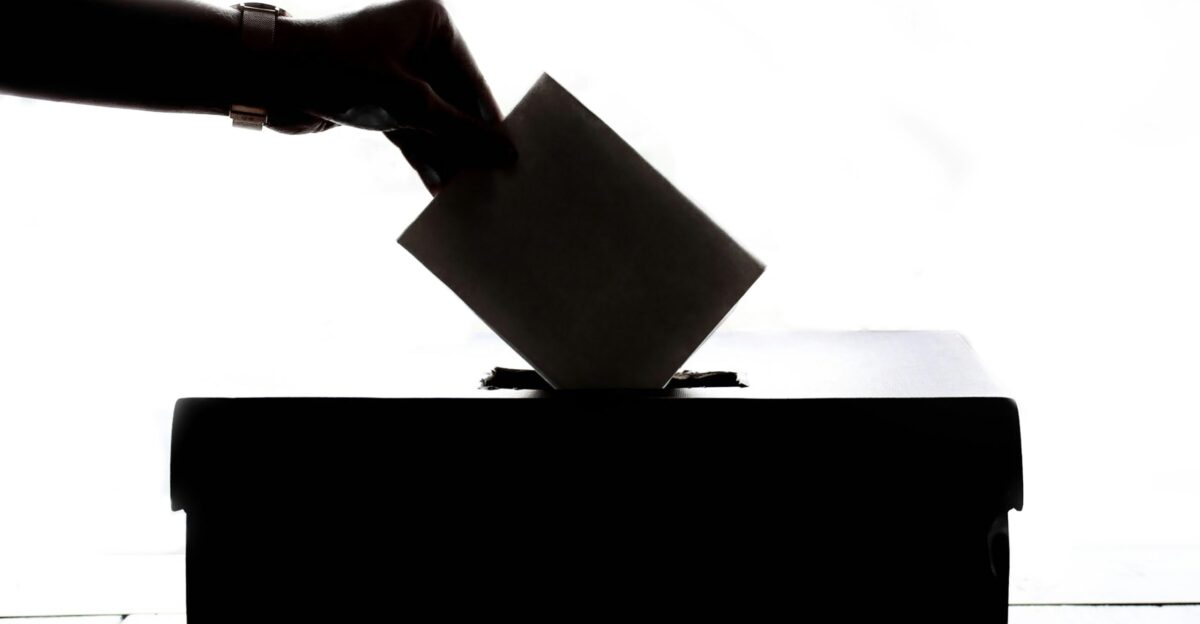
The U.S. Constitution was designed as a state-based system of elections.
Article I, Section 4 explicitly empowers state legislatures to determine the “times, places and manner” of federal elections, with Congress allowed to override state law through legislation.
The Framers deliberately placed election administration outside executive control. For over 200 years, Americans have voted under this decentralized system, and it has traditionally resisted federal overreach.
As one analysis notes, the Founders “gave the states primary authority to regulate elections” and envisioned no role for presidential mandates in setting voting procedures.
Growing Restrictions
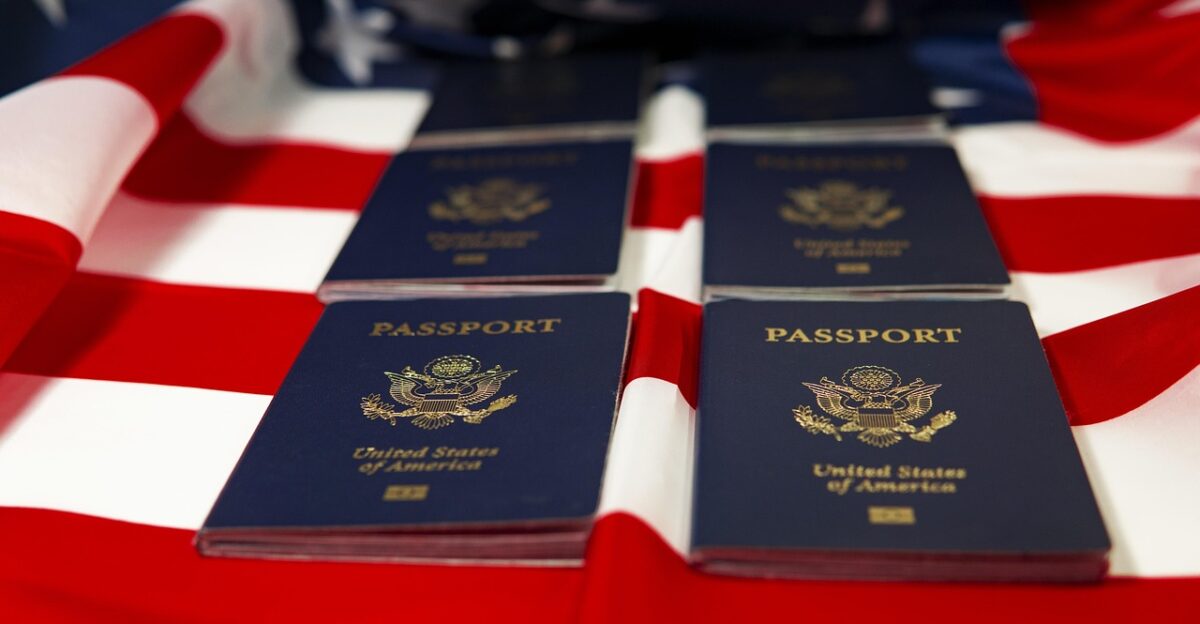
Meanwhile, more state legislatures have tightened ID requirements in recent years. As of 2025, 36 states require or request a government-issued photo ID to vote.
In fact, at least 15 states have passed new or stricter voter ID laws since 2020.
This surge coincides with Trump’s baseless fraud claims. (Notably, repeated audits by bipartisan officials found no evidence of widespread fraud.) Supporters say photo ID will stop impersonation and restore confidence, but opponents warn these laws can disenfranchise the poor and minorities.
Critics note that under strict ID rules, law-abiding citizens could be turned away for lacking a specified document.
The Demographics Reveal

Research underscores who is hit by ID mandates. A 2024 University of Maryland survey found nearly 21 million Americans have no valid driver’s license (the most common ID), and 28.6 million more hold licenses with outdated names or addresses.
These gaps fall unevenly: young adults, low-income people, and communities of color are most likely to lack up-to-date photo ID. For example, 41% of 18–24-year-olds have no current government photo ID.
The Brennan Center adds that roughly 11% of eligible voters nationwide lack the type of ID that strict states require.
millions of Americans – particularly students, seniors, and those on fixed incomes – could find themselves inadvertently disenfranchised by a rigid ID rule.
Regional Impact

The impact of strict ID laws is measurable at the ballot box. Scholarly studies show turnout falls more sharply in minority communities after such laws take effect.
A University of California–San Diego analysis found that in states enacting strict photo-ID requirements, turnout in heavily non-white counties declined relative to majority-white counties.
For example, in counties that were 75% non-white, turnout fell about 1.5 percentage points more under new ID laws than in comparable areas without them. By contrast, turnout in whiter counties was essentially unchanged. Other research has documented turnout drops of several points in racially diverse areas after ID laws were passed.
These patterns match real-world election data: in places like Wisconsin and Virginia, voter participation among Black and Hispanic residents dipped noticeably once photo-ID mandates took effect.
Human Stories

The abstract numbers mask real people’s struggles. Advocates report heartbreaking anecdotes. “You have to really want to vote to overcome all of those barriers,” says Tappan Vickery of HeadCount, a nonprofit that registers young voters.
Indeed, elderly citizens without a driver’s license, college students far from home, renters who moved or people who changed their name after marriage may lack the necessary paperwork.
For instance, a senior on a fixed income might own only a Social Security card, which no state accepts at the polls.
Voting rights attorneys note cases of disabled or rural voters forced to spend hours or hundreds of dollars (on a birth certificate or legal ID) just to cast a ballot. Each story underscores how layers of requirements can create a de facto “poll tax” on those least able to afford it.
State Resistance

Faced with these threats, state officials fought back. In April 2025, nineteen state attorneys general (all Democrats) sued to block Trump’s March election order.
Their filing accused the administration of usurping states’ power: “The President has no power to do any of this,” they wrote.
New York Attorney General Letitia James denounced the order as “an authoritarian power grab,” declaring, “We are a democracy — not a monarchy”.
States also argued the cost of compliance would be crushing: one noted that obtaining a new ID (passport $165, certified birth certificate $22) poses an unfair burden on poor voters.
A bloc of states signaled it would use every legal tool to reject any federal ID mandate.
Economic Burden

Besides legal fights, the logistics of a federal ID regime would strain budgets. States and counties would have to rewrite registration systems, retrain election workers, and run massive information campaigns — all on short notice.
Estimates suggest adapting every jurisdiction to a new rule could cost tens or even hundreds of millions of dollars nationwide. Small counties, already operating on shoestrings, would bear the brunt.
As one analyst warned, the order “sows confusion and sets the stage for chaos,” forcing states to divert resources to hurried training and outreach.
Administrators fear voter ID edicts would create costly headaches without clear benefit, especially when recent elections proved remarkably secure.
The Military Exception
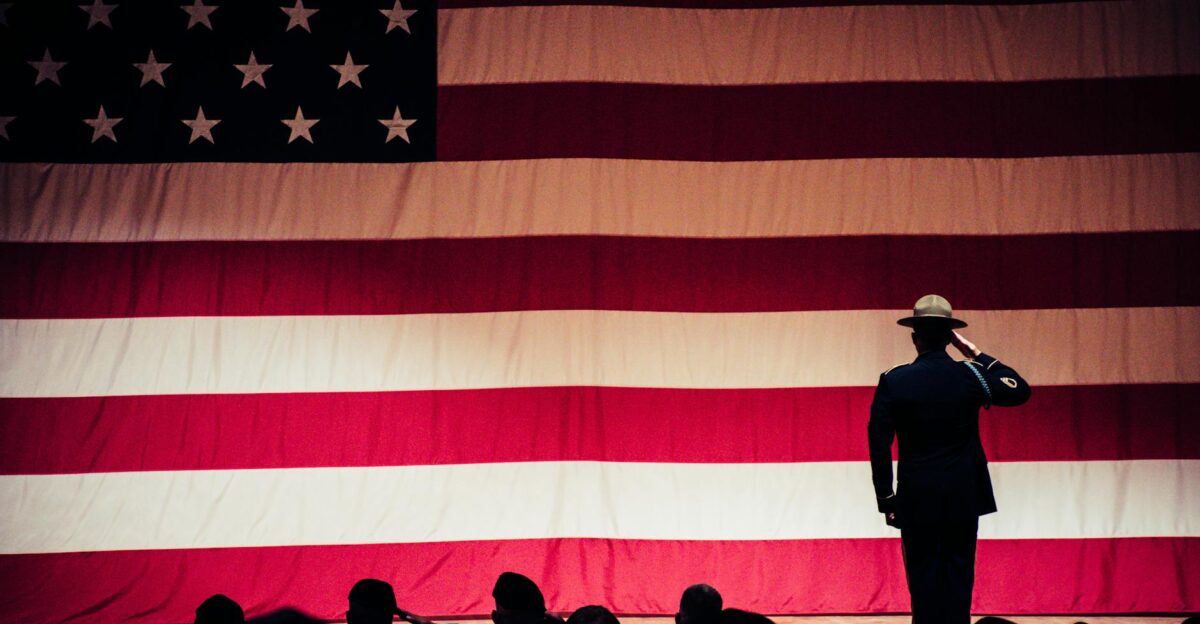
Perhaps most striking is Trump’s narrow “military exception.” His draft order allows mail ballots only for the “very ill” and “far away” military. That would abruptly end a practice most Americans take for granted.
Currently, 18 states count any ballot postmarked by Election Day, and overseas military personnel and diplomats routinely vote absentee.
Prohibiting mail voting for the rest of us means forcing every hospital patient, college student, or occupied parent to vote in person. Election officials note the irony: mail ballots helped Republicans win recent elections, including Trump in 2024, thanks to paper trails and audits.
Scrapping them wholesale would provoke chaos for many legitimate voters and swing-state operations.
Electoral Frustration
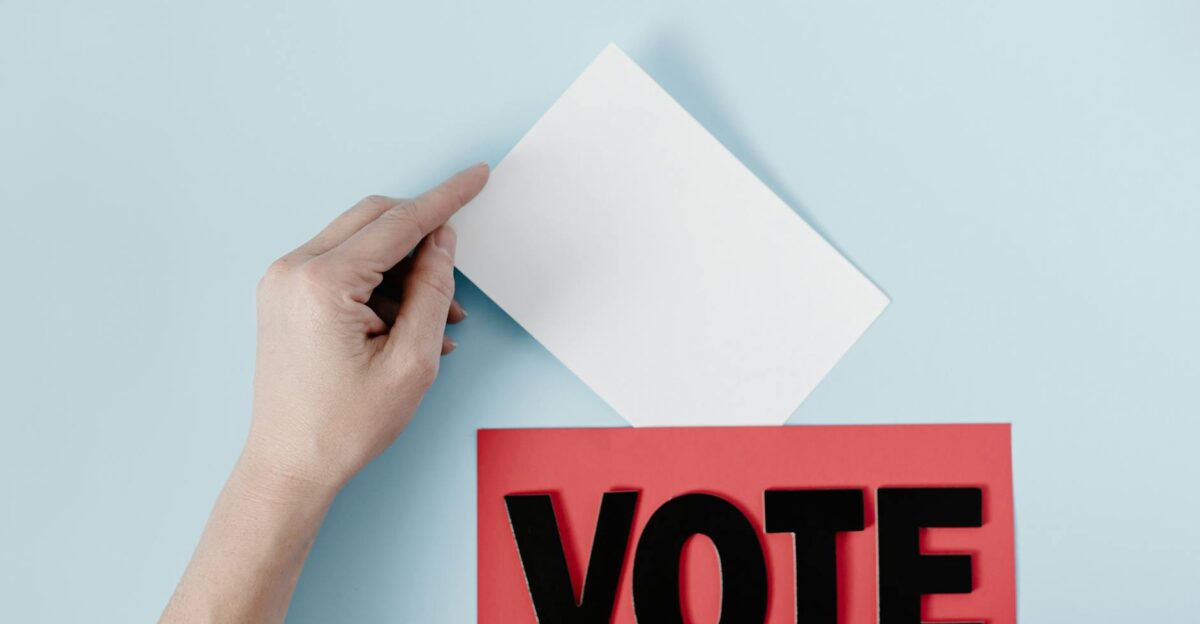
Even some Republican election officials are uneasy. New Hampshire’s GOP Secretary of State David Scanlan publicly called Trump’s mail ban a “bad idea,” noting that New Hampshire’s recent races were conducted “fair” and “accurate”.
In Georgia, Republican Brad Raffensperger stressed that his state’s absentee system was “extremely secure” and had helped build voter confidence.
Behind the scenes, officials quietly reminded party leaders that expanded mail voting helped Republicans win in 2024 — they worry that barring it now could backfire.
Across the country, career administrators complain that political meddling undermines public trust: one adviser laments that officials are being pulled between court orders and partisan directives, making it hard to run elections smoothly.
Administrative Chaos
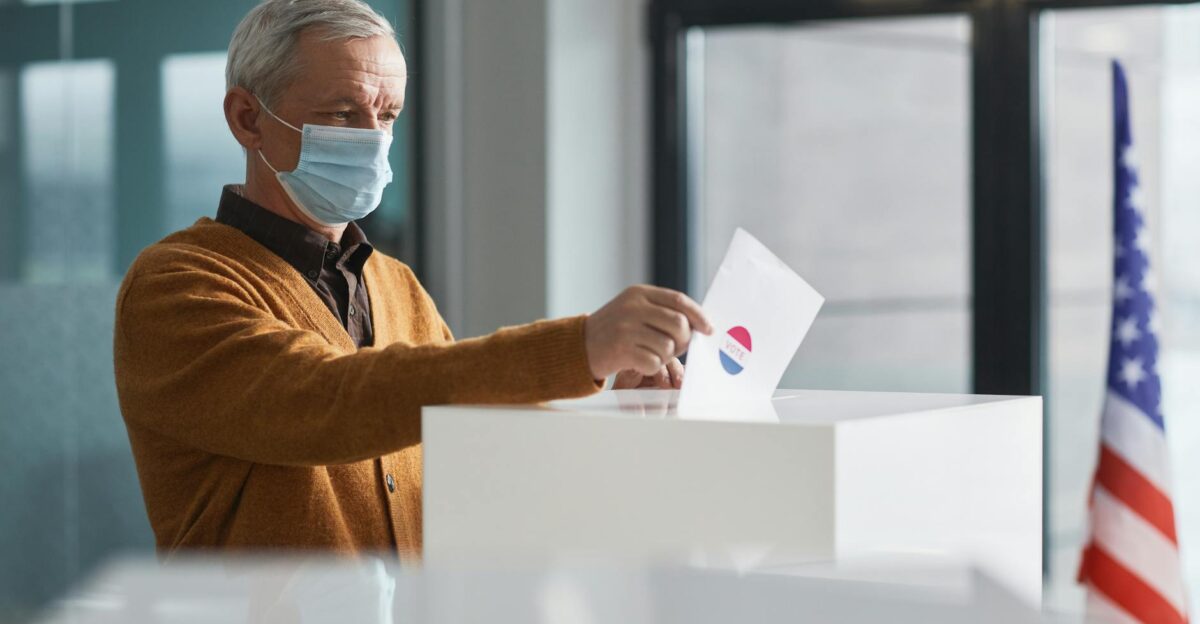
Many of Trump’s mandates bump into institutional roadblocks. For example, his order tasks the Election Assistance Commission (EAC) with rewriting federal registration forms. But the EAC is an independent, bipartisan agency — not under presidential control.
Moreover, it has spent almost all its funding and has no budget left to enforce new demands. That means Washington would be trying to compel a watchdog agency with no money to withhold or enforce.
Similar conflicts have played out before: past efforts to change federal registration (like Congress’s lengthy debates over proof-of-citizenship) triggered years of legal battles and confusion.
Election officials know from experience that rewiring the rules mid-cycle invites gridlock, not clarity.
Comeback Strategy

Trump and Republicans are already gearing up to make voter ID a rallying cry for 2026. Polls show the issue has broad appeal: in a recent survey, 84% of Americans said they support requiring ID to vote (including 67% of Democrats).
Party strategists call it a winning theme. In his announcement, Trump justified the move as needed to “straighten out our elections.” He insisted that an executive order is the fastest way to do it.
With the midterms on the horizon — which Reuters dubs “the first nationwide referendum on Trump’s domestic agenda” — GOP leaders are betting that pushing for ID rules will fire up their base. Democrats, by contrast, vow to center “protecting the right to vote” in their campaigns.
Expert Skepticism

Legal scholars have little faith that the order can survive. All agree the Constitution puts election power in state hands. Former ethics counsel Norm Eisen (now at Democracy Defenders Fund) flatly told Trump, “The Constitution gives that power to the states and Congress, not you,” and warned, “We will do the same [and sue] here” if he tries again.
Constitutional law professors across the country echo this view: any national ID mandate exceeds the president’s limited enumerated powers.
Many note that the courts have already rejected Trump’s arguments twice, so a third round would only underline the same principle.
Experts say a constitutional showdown is looming, and the White House’s legal team is almost certain to lose.
Looking Forward

The ultimate question is whether any president can unilaterally reshape the U.S. electoral system. If Trump pushes ahead, this fight is destined for the Supreme Court.
At stake is the balance of power: will courts enforce the decentralized, state-run model enshrined in the Constitution, or allow the president to commandeer voting rules? Legal analysts note the stakes are historic.
A ruling upholding Trump’s order would mark a dramatic shift in federalism; a contrary ruling would reaffirm that elections remain primarily a state affair.
Whatever happens, Americans will watch closely — this struggle highlights enduring tensions between a populist mandate and the limits of constitutional governance.
Political Ramifications

The voter ID battle is fundamentally a political tug-of-war. Republicans frame new ID laws as common-sense anti-fraud measures, while Democrats insist they are veiled voter suppression aimed at their constituents.
Both narratives are already driving campaign strategy. The 2026 midterms are being cast as a referendum on election integrity: Democrats say sweeping ID mandates would disenfranchise seniors, students and people of color, while Republicans point to polls showing overwhelming support for voter ID as evidence of a popular mandate.
In the coming year, expect both parties to use the issue to mobilize their bases.
As one Reuters analysis notes, more than half the electorate now lives under recently enacted voting restrictions, so how both sides spin this fight will be pivotal to turnout.
International Implications

Even abroad, Trump’s election orders resonate. Commentators warn that U.S. moves to override courts and state laws echo tactics used by authoritarian leaders worldwide.
One Guardian analysis points out that celebrating defiance of judges — as some of Trump’s allies have — “echoes authoritarians worldwide.
In countries already flirting with illiberalism, U.S. precedent matters. Experts note that when America’s own institutions are seen as weakening, it can embolden anti-democratic forces elsewhere.
The debate has become a test case: if the U.S. President is allowed to ignore constitutional limits in running elections, leaders in fragile democracies may feel justified doing the same, putting global democratic norms under stress.
Legal Precedent

Thanks to two decisive rulings, the federal judiciary has drawn clear lines. Judge Colleen Kollar-Kotelly (D.C.) and Judge Denise Casper (Mass.) have now blocked major parts of the executive order on grounds identical in principle.
As the Voting Rights Lab notes, “two federal courts” have already rejected Trump’s election agenda.
These court orders will be cited again and again. As coalition leader Samantha Tarazi put it, the cases underscore that “in America, our elections are run by the states and carried out by bipartisan teams,” and they “cannot be ruled by the whims of the President.”
Future judges will rely on these precedents to block similar power grabs, making it extremely likely that federal courts will continue to uphold the constitutional boundary.
Generational Divide

The impact of strict ID laws will fall heavily on the young. Survey data show that 41% of 18–24-year-olds lack a current state-issued photo ID. Younger people change addresses and names more often, tend to have lower incomes and actually drive less than older adults — so updating IDs can slip through the cracks.
For example, transient college students or recent grads may vote in a state where they no longer have a valid license.
As VoteRiders’ legal director notes, “Young people are more mobile, more gender fluid, more likely to lack required paperwork,” so they “struggle the most with keeping their information up to date”.
Critics argue this generational gap suggests a better solution is modernizing ID verification (mobile or online IDs, for instance), not tightening rules on voters who already face barriers.
Democratic Crossroads

In the end, Trump’s voter ID push is a stress test of America’s democratic system. Will the Constitution’s checks and balances — through courts, state governments and Congress — hold firm? Or will executive fiat erode the carefully-negotiated limits on power?
This clash over election administration lays bare a deeper tension: between leaders claiming to voice the will of the people and the rule of law that protects individual rights. How it’s resolved will reverberate for years.
If the order is struck down, it will reaffirm that elections remain firmly in state hands. If by some chance it isn’t, it would mark a seismic shift toward centralized control.
Either way, this battle over voter ID has already defined the boundary between popular politics and constitutional governance in today’s America.